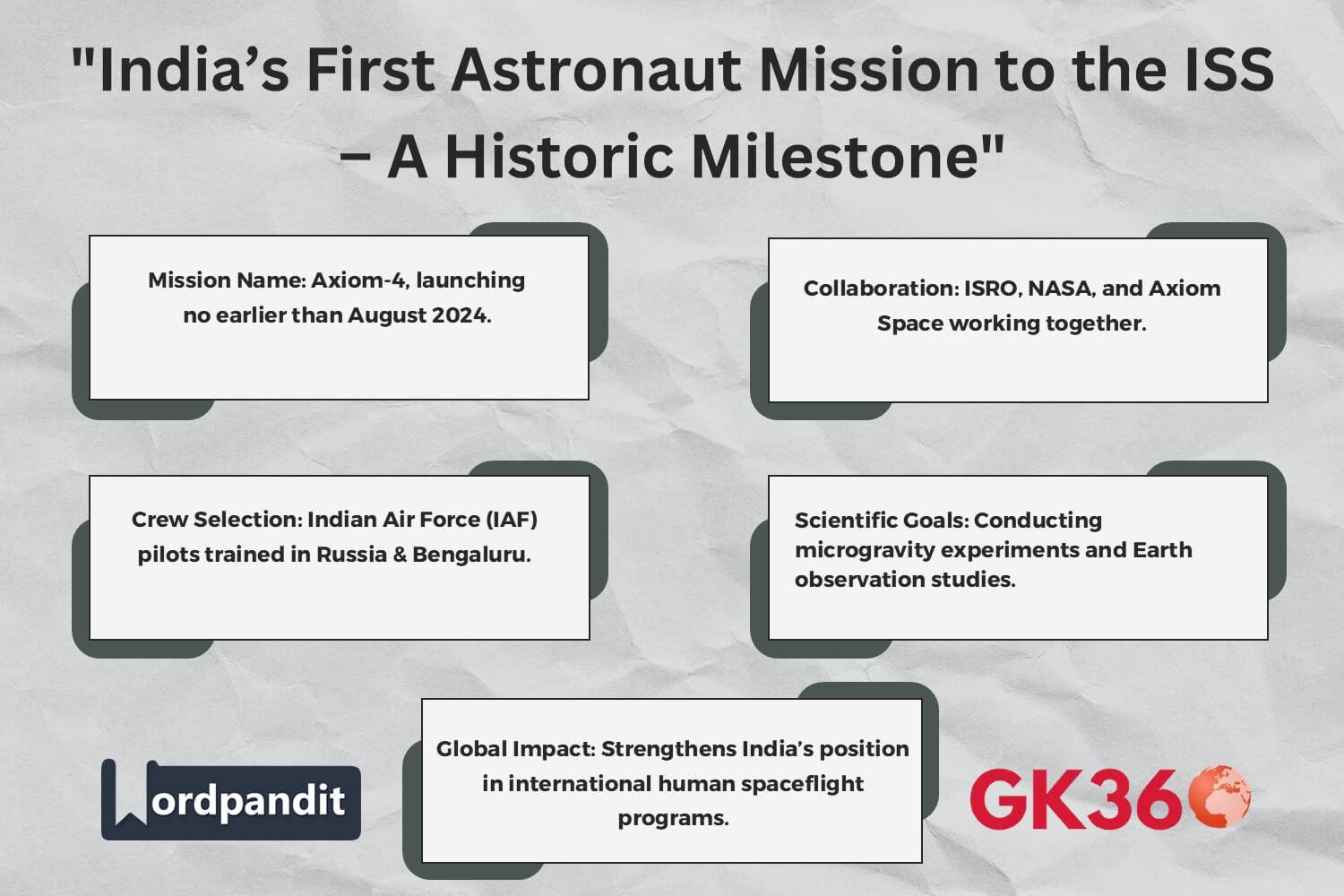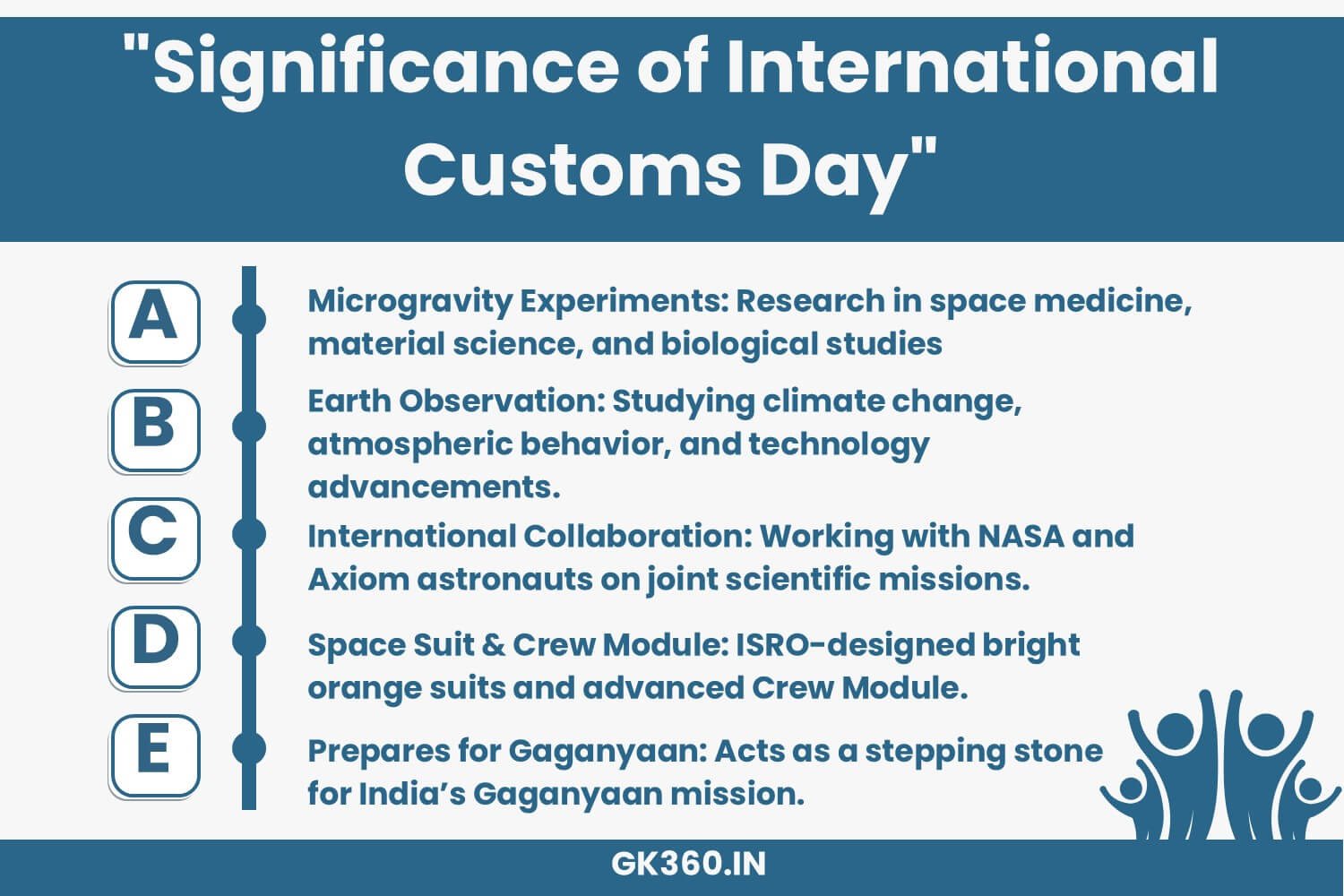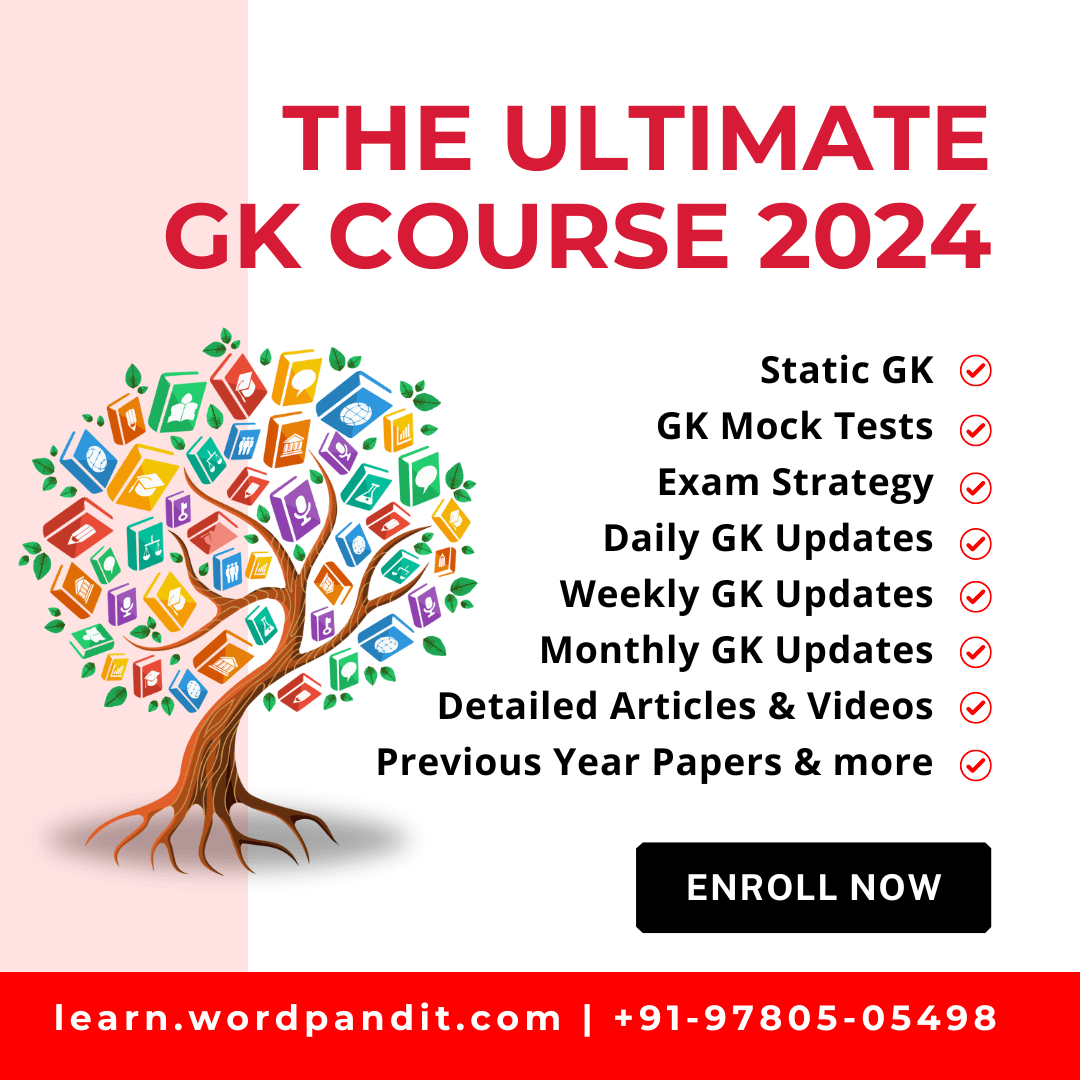India’s Historic Mission to the International Space Station (ISS) with NASA and Axiom Space
Introduction
India’s space exploration ambitions are set to reach new heights as the Indian Space Research Organisation (ISRO) prepares to send an Indian astronaut to the International Space Station (ISS). This historic mission, a collaboration between ISRO, NASA, and private space company Axiom Space, signifies India’s growing presence in human spaceflight and international space partnerships.

Table of Contents
- Overview of the ISS Mission
- Partnership Details and Mission Timeline
- ISRO’s Gaganyaan Mission and Its Role
- Key Components of the Mission
- Mission Objectives and Scientific Activities
- About ISRO and NASA
- FAQs
- Conclusion & Call to Action
Overview of the ISS Mission
The Axiom-4 mission, scheduled to launch no earlier than August 2024 from the Kennedy Space Center in Florida, USA, will carry an Indian astronaut to the ISS. This mission underscores India’s advancements in human spaceflight technology and its role in the global space community.
Partnership Details and Mission Timeline
- Announced by Space Minister Jitendra Singh in the Lok Sabha.
- ISRO’s astronaut selection is part of its Gaganyaan mission.
- The four shortlisted Indian Air Force (IAF) pilots have undergone intensive astronaut training, including:
- Initial training in Russia during the COVID-19 pandemic.
- Ongoing preparation at ISRO’s Astronaut Training Facility in Bengaluru.
ISRO’s Gaganyaan Mission and Its Role
The Gaganyaan mission is India’s first crewed spaceflight program, aimed at demonstrating ISRO’s ability to conduct human space missions.
- Three-day mission with astronauts returning safely to Earth.
- Spacecraft comprises two major components:
- Crew Module (CM): Houses the astronauts.
- Service Module (SM): Supports life support and navigation.
- Launched using the Geosynchronous Satellite Launch Vehicle (GSLV) Mk III.
Key Components of the Mission
Crew Module Design
- Size: 3.7 meters in diameter, 7 meters in height.
- Designed to accommodate three astronauts, including one female astronaut, emphasizing gender inclusivity.
Space Suits
- Crafted by Vikram Sarabhai Space Centre.
- Bright orange suits ensure astronaut safety and functionality in space.
Mission Objectives and Scientific Activities
- Orbit Earth every 90 minutes, experiencing multiple sunrises and sunsets daily.
- Conduct microgravity experiments to advance scientific knowledge.
- Observe Earth from space, offering valuable insights into climate change, atmospheric studies, and technology development.
About ISRO and NASA
Indian Space Research Organisation (ISRO)
- Founded: August 15, 1969
- Headquarters: Bangalore, Karnataka, India
- Chairman: S. Somanath
- Mission: Advancing space research, satellite technology, and human spaceflight programs.
National Aeronautics and Space Administration (NASA)
- Founded: July 29, 1958
- Headquarters: Washington, D.C., USA
- Administrator: Bill Nelson
- Mission: Leading global space exploration, human spaceflight, and scientific research.

FAQs
- What is the significance of India’s astronaut mission to the ISS? This mission marks India’s first human spaceflight beyond Earth’s orbit, showcasing ISRO’s capabilities in global space collaboration.
- When is the Axiom-4 mission scheduled for launch? The Axiom-4 mission is planned for no earlier than August 2024 from Kennedy Space Center, Florida.
- How were India’s astronauts selected for this mission? Four IAF pilots were chosen through ISRO’s Astronaut Selection Board and trained in Russia and Bengaluru.
- How does this mission align with India’s Gaganyaan program? The ISS mission serves as a precursor to India’s Gaganyaan project, offering ISRO astronauts valuable experience in human spaceflight operations.
- What role does NASA play in this mission? NASA provides technical support, training infrastructure, and logistical coordination for India’s astronaut aboard the ISS.
Conclusion & Call to Action
India’s participation in the Axiom-4 mission is a monumental step in its human spaceflight journey. This collaboration with NASA and Axiom Space reaffirms India’s commitment to pushing the boundaries of space exploration.
Key Takeaways Table
| Aspect | Details |
|---|---|
| Mission Name | Axiom-4 (India’s first astronaut aboard the ISS). |
| Launch Date | No earlier than August 2024 from Kennedy Space Center, Florida. |
| Key Partners | ISRO, NASA, and Axiom Space. |
| Astronaut Selection | Four IAF pilots trained in Russia and Bengaluru. |
| Scientific Research | Microgravity experiments, Earth observation, and space medicine. |
| Technology Demonstration | Crew Module, space suits, and orbital training for future missions. |
| Gaganyaan Connection | Prepares ISRO for its first independent human spaceflight. |
SEO-Driven Tags
- India ISS Mission 2024
- ISRO NASA Axiom Space Collaboration
- Axiom-4 Mission India
- Indian Astronaut in Space
- ISRO Human Spaceflight Program
- Microgravity Research in ISS
- ISRO Gaganyaan Mission Updates
- NASA ISRO Space Partnership
- India’s Space Missions 2024
- Future of Human Spaceflight in India





